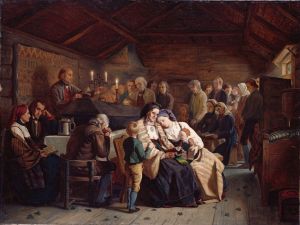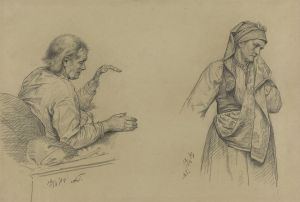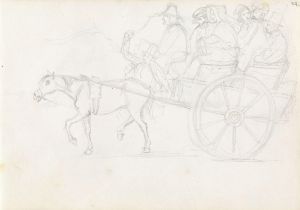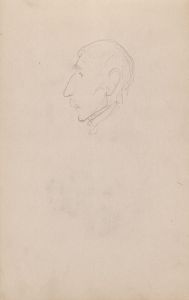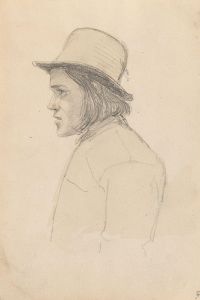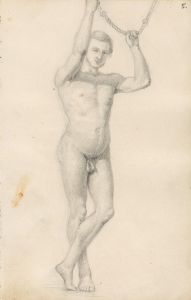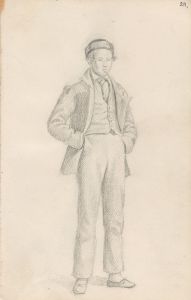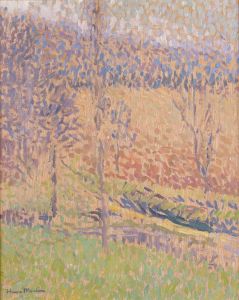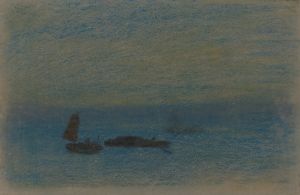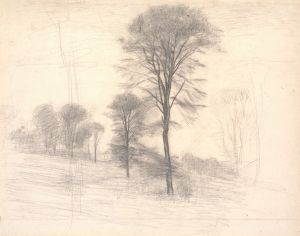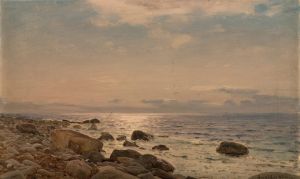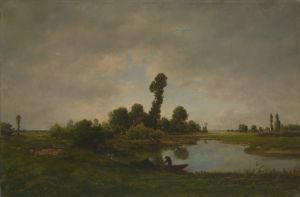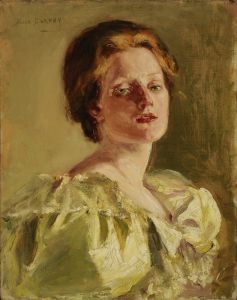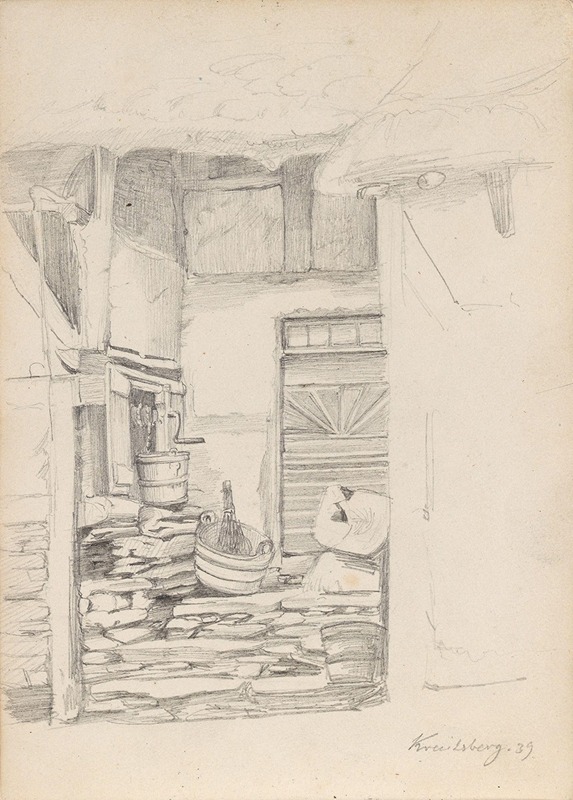
Uthus, Kreuzberg
A hand-painted replica of Adolph Tidemand’s masterpiece Uthus, Kreuzberg, meticulously crafted by professional artists to capture the true essence of the original. Each piece is created with museum-quality canvas and rare mineral pigments, carefully painted by experienced artists with delicate brushstrokes and rich, layered colors to perfectly recreate the texture of the original artwork. Unlike machine-printed reproductions, this hand-painted version brings the painting to life, infused with the artist’s emotions and skill in every stroke. Whether for personal collection or home decoration, it instantly elevates the artistic atmosphere of any space.
Adolph Tidemand was a prominent Norwegian painter known for his detailed and realistic depictions of Norwegian folk life and traditions. Born on August 14, 1814, in Mandal, Norway, Tidemand became one of the leading figures in the Norwegian romantic nationalism movement in art. His works often focused on the everyday life of rural Norwegians, capturing the essence of the country's cultural heritage during the 19th century.
One of Tidemand's lesser-known works is "Uthus, Kreuzberg." Unfortunately, there is limited information available about this specific painting. The title suggests a connection to Kreuzberg, which is a well-known district in Berlin, Germany. Kreuzberg has historically been a vibrant area, known for its diverse culture and artistic community. However, without further context or details about the painting itself, it is challenging to provide a comprehensive analysis of its themes or significance.
Tidemand's broader body of work is characterized by his meticulous attention to detail and his ability to convey the atmosphere and mood of the scenes he depicted. He often traveled throughout Norway to study and document the country's rural communities, drawing inspiration from their customs, costumes, and landscapes. His paintings are celebrated for their ethnographic accuracy and their role in preserving Norwegian cultural identity during a time of national awakening.
One of Tidemand's most famous collaborations was with Hans Gude, another prominent Norwegian painter. Together, they created the iconic painting "Bridal Procession on the Hardangerfjord" in 1848, which is considered a masterpiece of Norwegian national romanticism. This work, like many others by Tidemand, reflects his interest in portraying traditional Norwegian life and the natural beauty of the Norwegian landscape.
Tidemand's influence extended beyond Norway, as he studied and worked in several European cities, including Copenhagen, Düsseldorf, and Munich. His time in Düsseldorf was particularly significant, as he became part of the Düsseldorf school of painting, which emphasized detailed realism and often focused on historical and genre scenes. This experience helped shape Tidemand's artistic style and contributed to his reputation as a leading figure in 19th-century Norwegian art.
Despite the lack of specific information about "Uthus, Kreuzberg," Tidemand's legacy as an artist is well-established. His works continue to be celebrated for their contribution to Norwegian cultural history and their role in the broader European art scene of the 19th century. Tidemand passed away on August 25, 1876, in Christiania (now Oslo), Norway, leaving behind a rich legacy of art that continues to be studied and appreciated today.





